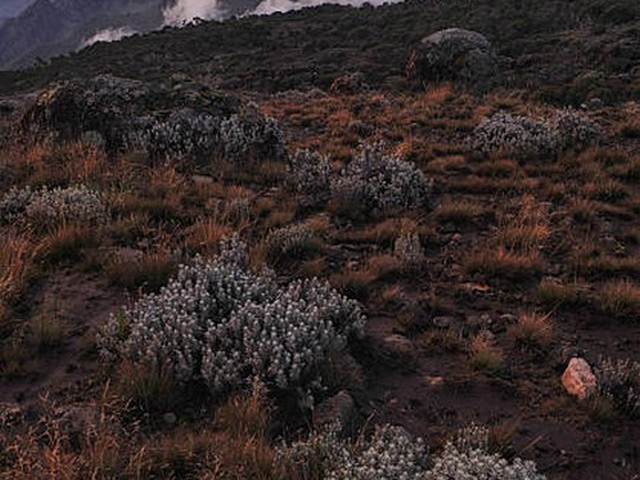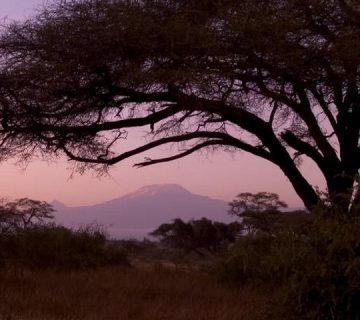How To Create Cinematic Videos Of Kilimanjaro Climbs
Capturing the Majestic Beauty of Mount Kilimanjaro
Every year, adventurers, photographers, and filmmakers from around the world set their sights on the awe-inspiring peaks of Mount Kilimanjaro. Standing as a beacon of Africa’s natural beauty, Kilimanjaro offers more than just a trek; it provides a canvas for some of the most breathtaking cinematic content imaginable. If you’ve ever dreamed of capturing the essence of this iconic climb through the lens of your camera, this blog post will guide you through creating cinematic videos that do justice to the grandeur of Kilimanjaro.
Here at Kilimanjaro Centre for Trekking and Ecotourism (KCTE), we not only facilitate unforgettable climbs but also strive to help you document your journey in the most visually stunning way possible. Let’s dive into the art and science of creating compelling and cinematic videos of Kilimanjaro climbs.
Planning Your Cinematic Journey
Essential Gear for Filming
To start, you’ll need the right equipment. While professional-grade cameras can capture higher quality video, even robust smartphones today come equipped with excellent video capabilities. Consider lightweight tripods, gimbal stabilizers, or drones approved for use in natural parks, to add that smooth, professional quality to your shots. Don’t forget ample batteries and memory cards, as charging facilities are scarce once you begin your ascent.
Storyboarding Your Climb
Storyboarding is crucial for any cinematic endeavor. Outline the key moments you want to capture: the bustling excitement of the Machame Gate, the diverse landscapes of the rainforest zone, the challenging Barranco Wall, and the exhilarating moment of reaching Uhuru Peak. A good mix of wide shots, close-ups, and time-lapses can enrich your storytelling.
Best Practices for Filming on Kilimanjaro
Understanding the Light
Lighting on Kilimanjaro changes dramatically, from the bright equatorial sun to soft dawns and dusks. The golden hours during sunrise and sunset provide perfect lighting conditions for majestic shots. Utilize natural light as much as possible to capture the real essence of the environment.
Capturing the Scale
Kilimanjaro’s vast landscape is staggering. Use wide-angle lenses to capture the breadth of the vistas. Position subjects in the frame to give perspective to the mountain’s grandeur. Shots that show climbers against the vast landscapes can be powerful.
Engaging with the Environment
Incorporate elements of the surrounding environment to add depth to your narrative. Film the unique flora and fauna, the mountain’s weather moods, and the camaraderie among climbers. These elements tell a richer story of the Kilimanjaro experience.
Editing Your Footage
Selecting the Right Music
Music sets the tone of your video. Choose a soundtrack that complements the emotional and physical journey of a Kilimanjaro climb. Instrumental tracks with varying tempos can dynamically match the changing landscapes and challenges of the trek.
Cohesive Storytelling
Keep your audience engaged with a narrative that flows smoothly from start to finish. Use your storyboard as a guide, but be flexible to include spontaneous moments that often make travel videos memorable. Tools like voice-overs or text overlays can add context and enrich the story.
Safety and Ethics on the Mountain
Respecting the Environment
While filming, it’s crucial to respect the natural environment and adhere to the park’s guidelines. Avoid leaving any waste, do not disturb wildlife, and stay on designated paths to minimize your ecological footprint.
Engaging Locally
Interacting with local guides and porters can add an authentic voice to your video. With their permission, include their stories and insights. This not only enriches your content but also promotes local culture and knowledge.
Conclusion: Bringing Your Kilimanjaro Experience to the World
Creating cinematic videos on Kilimanjaro is about more than just documenting a climb; it’s about telling a story that captures the heart and spirit of this monumental adventure. With the right preparation, equipment, and respect for the mountain and its community, you can create a video that inspires and awes.
At Kilimanjaro Centre for Trekking and Ecotourism (KCTE), we are dedicated to providing you with an experience that goes beyond the ordinary. Our expert guides not only ensure a safe and fulfilling climb but also help facilitate the capturing of your journey’s best moments.
Ready to Create Your Own Kilimanjaro Film?
Book your climb with Kilimanjaro Centre for Trekking and Ecotourism (KCTE) today, and take the first step towards capturing the cinematic adventure of a lifetime on the breathtaking slopes of Kilimanjaro.
FAQ
What is the best time of year to film on Kilimanjaro?
The best times are during the dry seasons, from January to mid-March and from June to October. These periods offer clearer skies and more predictable weather.
Do I need special permits to film on Kilimanjaro?
Yes, filming on Kilimanjaro requires a special permit from the Tanzanian authorities. KCTE can help facilitate these arrangements as part of your climbing package.
Can I fly a drone on Kilimanjaro for aerial shots?
Drone use is regulated within national parks in Tanzania, including Kilimanjaro. You will need specific permission, which can be arranged with prior notice and for specific purposes.




